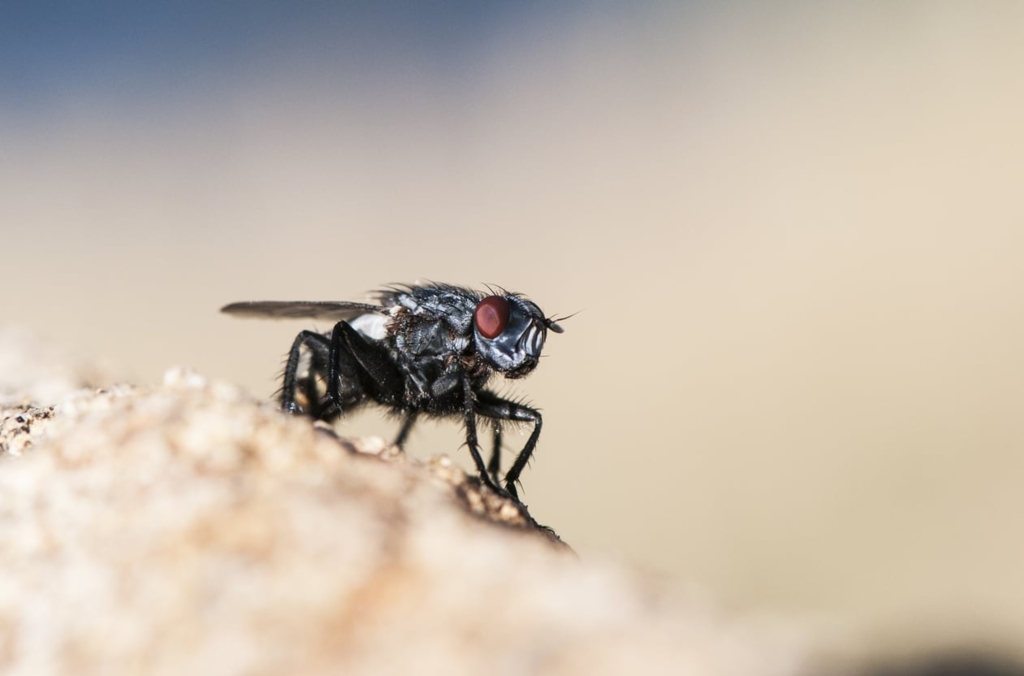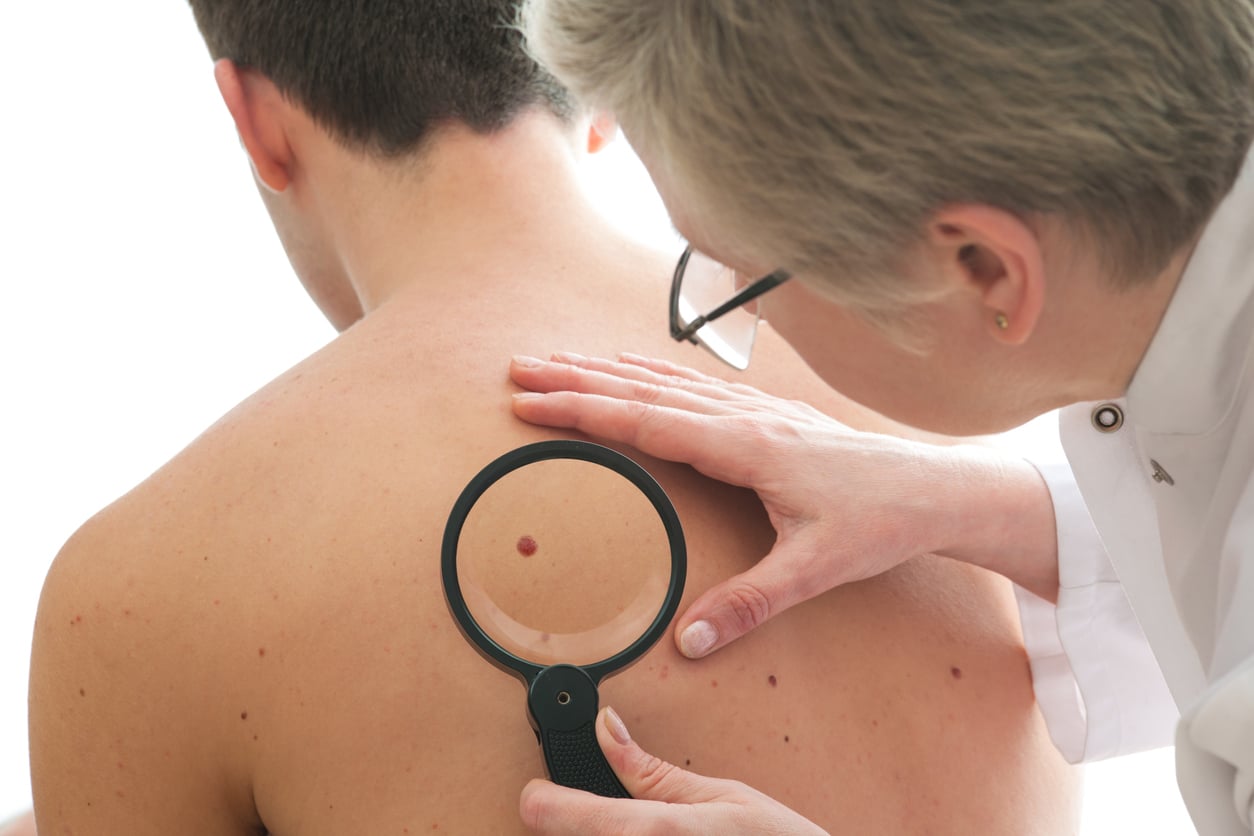Recognizing and Treating Myiasis: A Comprehensive Guide

Myiasis is a parasitic disease caused by fly larvae that infest and feed on living tissue. This condition can affect any part of the body, but is most commonly found in the nose, mouth, or eyelids. In some cases, myiasis can be fatal if left untreated. In this comprehensive guide, we will discuss the causes, symptoms, and treatment options for myiasis.
Causes of Myiasis
The most common cause of myiasis is contact with contaminated soil or water, though it can also be transmitted through animal bites or puncture wounds. Symptoms include itching, redness, and swelling at the site of the infection. If left untreated, myiasis can lead to serious health complications, including tissue necrosis and organ damage. In some cases, the larvae may even enter the bloodstream and migrate to other parts of the body. Early diagnosis and treatment is essential to preventing serious health complications.
Signs and Symptoms
Myiasis can cause a wide range of symptoms, depending on the location of the infection. For example, if the larvae are present in the skin, they may cause redness, swelling, and pain. If they are present in the nose or ear, they may cause blockage and discharge. In severe cases, myiasis can lead to organ damage and even death.
Treatment
Treatment of myiasis generally involves removing the fly larva from the affected area. This can be done by manually pulling it out with tweezers or by using a topical parasiteicide. In some cases, surgery may be necessary to remove the larva if it has embedded itself too deeply in the tissue. Once the larva has been removed, the wound should be cleaned and treated to prevent infection. With prompt and proper treatment, myiasis is not usually a life-threatening condition. However, if left untreated, it can cause serious damage to the affected tissue and even death.
Research
Imagine waking up to find a fly larva squirming around in your open wound. This grisly scenario is not the stuff of nightmares – it's a real condition known as myiasis. Myiasis is caused by the eggs of certain species of fly, which hatch and develop into larvae inside the host's flesh. While this may sound like something that only happens in tropical countries, myiasis is actually relatively common, with cases occurring all over the world. In fact, research suggests that this condition may be on the rise, due in part to the increasing number of people travelling to areas where myiasis-carrying flies are found. While it is often possible to treat myiasis with topical medications, in some cases the larvae must be surgically removed. Consequently, understanding more about this condition is essential in order to develop better treatments and reduce the risk of myiasis in travellers.
Types
There are three main types of myiasis: pulmonary, intestinal, and cutaneous. Pulmonary myiasis is the most common type, and occurs when larvae enter the lungs and begin to feed on the host's tissue. Intestinal myiasis occurs when larvae enter the gastrointestinal tract and begin to feed on the host's tissue. Cutaneous myiasis occurs when larvae enter through a wound in the skin and begin to feed on the host's tissue. Treatment for myiasis typically involves removing the larvae from the host's body. In some cases, this can be done at home using a tweezer or other sharp object. In more severe cases, hospitalization may be required in order to remove all of the larvae from the body. Myiasis is a rare but potentially dangerous condition that should be treated promptly in order to avoid serious health complications.
Prevention
First, it is important to keep open wounds clean and covered. This will help to prevent flies from laying eggs in the wound. Second, good hygiene is essential. Washing regularly with soap and water will help to remove any eggs that may have been laid on the skin. Finally, prompt treatment of any existing infestations is essential. If you suspect that you have myiasis, seek medical attention immediately. With proper prevention and treatment, myiasis can be effectively controlled.

